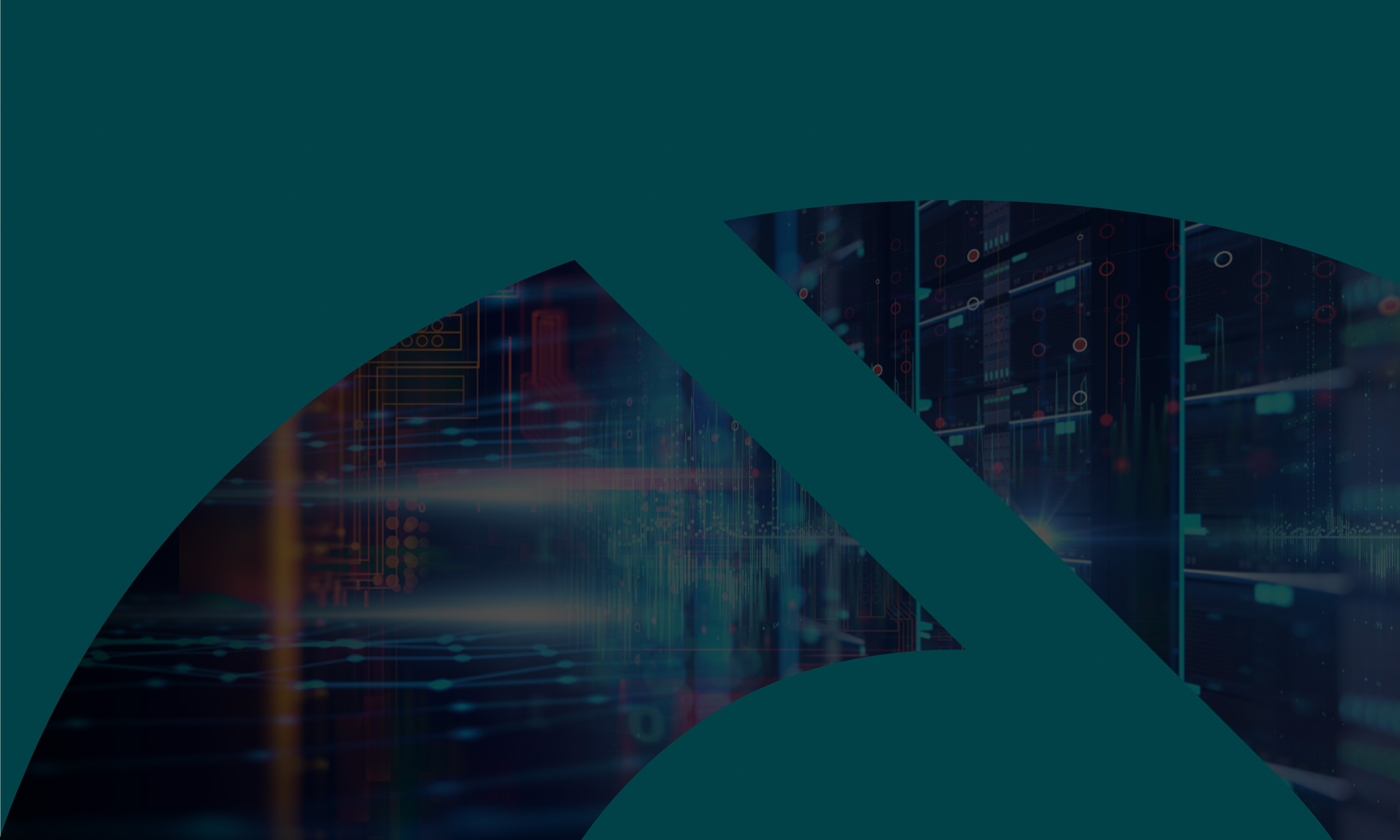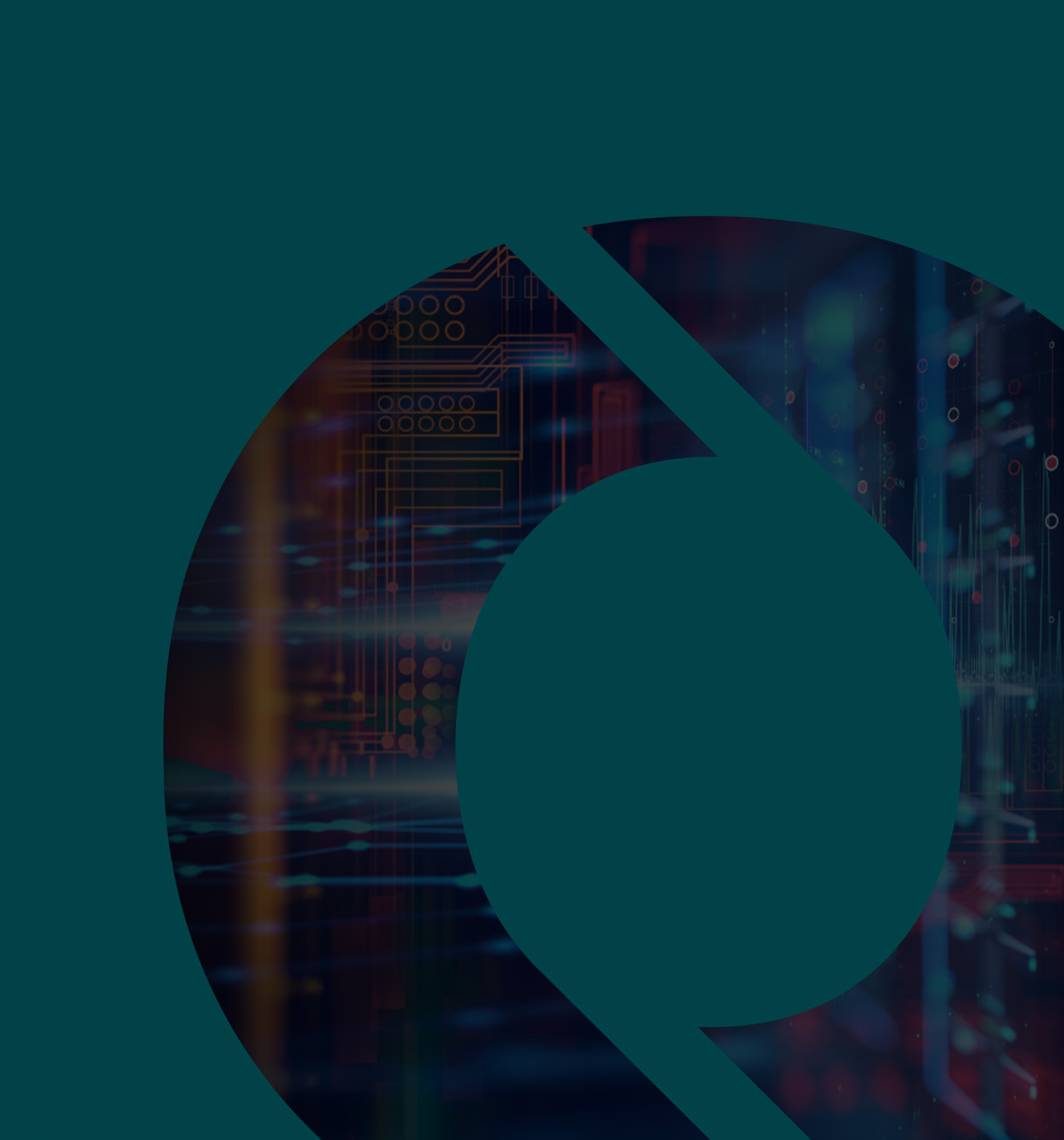

Telecommuni-
cations, Media & Technology
Procurement and Supply Chain Optimization
As TMT companies face rapid innovation, evolving demand, and cost pressure, procurement must deliver measurable impact. With deep expertise in optimizing direct and indirect spend, managing complex supplier ecosystems, and enabling digital procurement at scale, we drive resilient, insight-led supply chains. Our hands-on, implementation-focused approach makes procurement a catalyst for agility, innovation, and long-term value creation.
Driving strategic procurement for agility, innovation, and resilience in TMT

Optimize costs and drive strategic sourcing
Cost optimization remains critical for TMT companies to maintain competitiveness in fast-changing markets. By strategically managing high-value spend categories such as IT infrastructure, R&D, and Marketing, procurement becomes a key enabler of sustainable growth.

Build resilience across supplier ecosystems
The TMT sector relies on complex global ecosystems to deliver essential services and products, from semiconductors to cloud platforms. Strengthening supplier partnerships and diversifying sourcing strategies ensure adaptability in the face of geopolitical risks, cyber risks, supply disruptions, and evolving customer demands.

Accelerate procurement digitalization
Procurement is a critical enabler of strategic success in the TMT sector, driving efficiency, resilience, and innovation in an increasingly competitive landscape. By leveraging advanced analytics, GenAI, automation, and e-sourcing tools, procurement teams can enhance transparency, manage volatility, and enhance sustainability.
The Technology, Media, and Telecommunications (TMT) sector is evolving rapidly, facing unique challenges and opportunities. As IT emerges as the second-largest category in spend, alongside major implications from data center management, procurement and supply chain teams must adapt to support business transformation. From mitigating supply chain risks for telecom infrastructure to structuring procurement functions in media organizations, the scope of strategic procurement has broadened significantly.
The rise of digital and AI applications across the industry presents a dual opportunity: streamlining procurement processes while driving innovation and resilience. At the same time, spend optimization, combined with tailored training and enablement programs, empowers teams to elevate procurement’s strategic impact. Addressing these critical priorities requires a focus on both operational excellence and long-term strategic alignment.
How do we deliver procurement and SCM excellence for TMT?
Direct spend in TMT encompasses critical categories such as semiconductors, telecom equipment, and network infrastructure, as well as content and production which are relevant for media. These categories are essential for delivering innovative products and services.
We provide advanced sourcing strategies, supplier negotiations, and market intelligence to ensure cost efficiency and secure access to critical resources and raw materials. For example, addressing supply risks in telecom infrastructure, such as constrained semiconductor availability, we help build robust supplier relationships and streamline time-to-market fo transformative technologies like 5G and IoT solutions.
Indirect spend categories, including IT infrastructure, software licensing, and Marketing, represent significant opportunities for cost optimization in TMT.
As IT emerges as one of the largest procurement categories, we focus on strategic sourcing for cloud services, SaaS solutions, and AI tools to balance cost-efficiency with innovation. Tailored procurement approaches, such as Zero-Based Budgeting (ZBB) and performance-based contracts, unlock measurable savings while ensuring alignment with operational and customer impact goals.
Many TMT organizations, particularly in the Media sector, lack structured procurement functions that align with their fast-paced environments.
We work with leaders to redesign procurement operating models, embedding governance, agility, and alignment with corporate objectives. Tailored training and enablement programs equip teams with the skills to address unique TMT challenges, from digital transformation to supplier risk management, ensuring procurement drives measurable and sustainable business impact.
The TMT industry depends on global supply chains for essential components like semiconductors and advanced hardware. We implement supplier risk management frameworks, diversify sourcing strategies, and foster collaborative relationships to enhance resilience. This ensures stability while enabling access to critical resources in volatile markets.
By addressing C&S (Cost & Sustainability) implications of data centers and ensuring supplier continuity, procurement supports both operational stability and innovation goals.
Digital transformation is reshaping procurement in the TMT industry, making it a key driver of efficiency, agility, and innovation. By leveraging advanced tools such as e-sourcing platforms, automation, and analytics, procurement can streamline decision-making, enhance transparency, and align seamlessly with organizational goals.
The integration of Generative AI (GenAI) represents a breakthrough in procurement digitalization. For example, GenAI can rapidly analyze supplier data and generate actionable insights for contract negotiations or tender evaluations, significantly reducing manual effort and improving precision. These capabilities empower procurement teams to address complex challenges with speed and agility, positioning procurement as a strategic enabler in a competitive market.
Sustainability is a growing priority in TMT, particularly with the energy-intensive demands of data centers and the need for responsible sourcing of hardware components.
We embed ESG principles into procurement strategies to help organizations meet regulations such as the Corporate Sustainability Due Diligence Directive (CSDDD) and the Carbon Border Adjustment Mechanism (CBAM). By aligning procurement with energy efficiency, carbon reduction, and supplier compliance goals, we enhance stakeholder trust and corporate reputation.
Our technology, media and telecom insights




